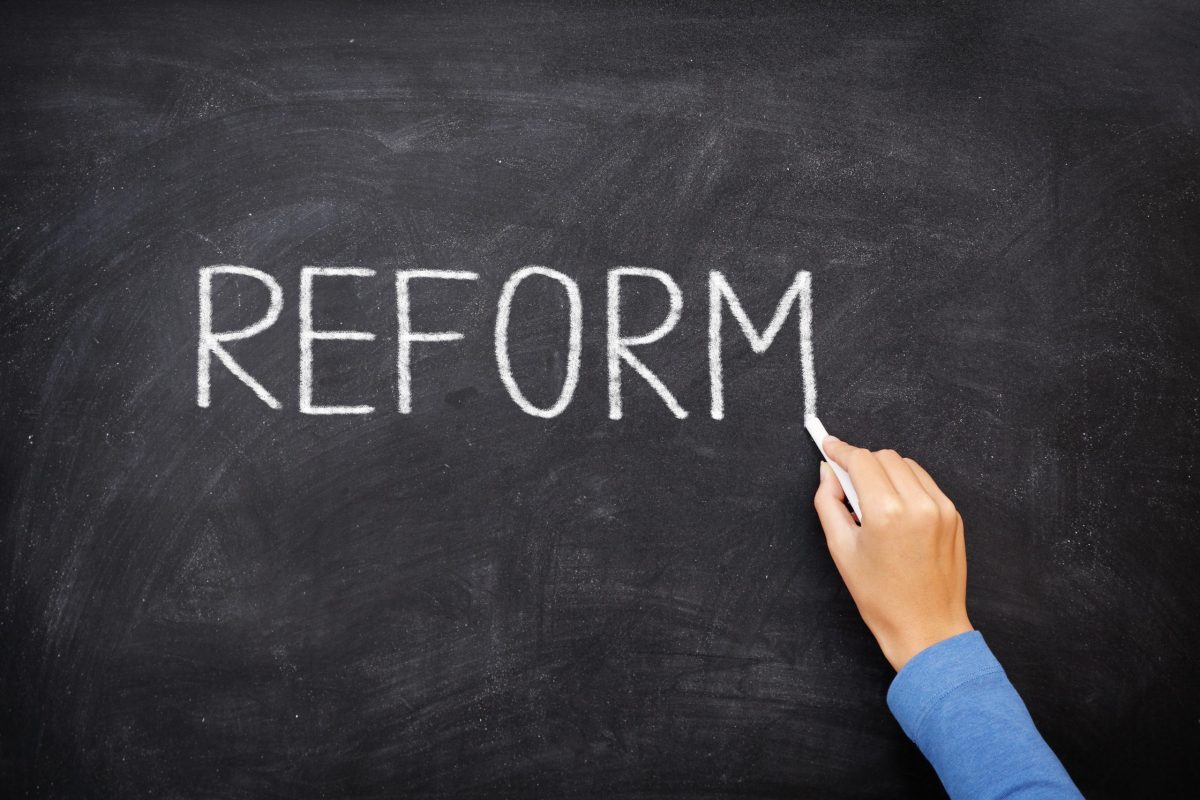
The Board’s (Almost Mandatory) Role in Form 990 Preparation
07.24.2024 | Linda J. Rosenthal, JD

On March 3, 2021, The Chronicle of Philanthropy published an article by Alex Daniels, veteran reporter on the nonprofit beat. Titled Nonprofits Welcome Billions in Pandemic Giving but Wonder if Support Will Last, it was provocative but noncommittal.
It appeared on the same day as Philanthropy and COVID-19 in 2020: Measuring One Year of Giving, a highly anticipated 28-page research report posted jointly by Candid (formed in early 2019 by the merger of the Foundation Center and GuideStar) and the Center for Disaster Philanthropy (CDP). There was an earlier report in August 2020: Philanthropy and COVID-19 in the first half of 2020; we can likely expect a new publication for the first half of 2021 imminently.
In the first few paragraphs of his Chronicle article, Mr. Daniels quotes CDP vice-president Regine Webster: “The dollars that have been donated are staggering, just staggering,” referring to the preliminary estimate of some $20 billion in philanthropic giving.
But most intriguing was his point: “For many nonprofit leaders, however, the true measure of philanthropy’s response to both the pandemic and the racial-justice uprisings … will be in whether foundations and other donors continue the less restrictive approaches to grant making they adopted during the pandemic’s early weeks.”
A year earlier, in the first weeks of the pandemic in the United States, “some 800 foundation leaders signed a pledge circulated by the Council on Foundations to change their ways.” So Mr. Daniels’s article took a dive into the research to see if “grant makers” who “said they would rush money to grantees ahead of schedule, support advocacy work, boost grants to people hit hardest by Covid, and allow grantees to bypass much of the time-consuming paperwork usually required to land a grant and report on how money is being put to use….” indeed, changed their ways.
At the auspicious one-year-of-pandemic mark, the jury appeared to still be out. Some foundations jumped fully into the brave new world of loosened grantmaking practices; others did partially. Some – even among those that had signed the Pledge – did not.
That was the spark that launched a look into the available research and our recent post: Will Philanthropy Funding Reforms Stay or Go? (August 11, 2021). There, we recounted the facts and circumstances that underlay the Council on Foundations’s A Call to Action: Philanthropy’s Commitment during COVID-19 (March 2020), hoping to open an important conversation. “‘It’s now fifteen months later and there’s light at the end of the COVID-19 tunnel. So how did all that work out? And which long-overdue reforms will be continued beyond the current emergency?’”
In that first post in this series, there are links to, and brief discussions of, some of the earliest data and analysis through about the end of June 2020. We wrote we would follow-up with more data and commentary through the end of the calendar year 2020.
That was the plan. And, yes, there are links below to some major studies from the second half of 2020. Dive in if you choose.
But, frankly, the jury is still out, and likely will continue to be even after all of the studies for the first half of 2021 are published. Plans change; there are no trend analyses or viable predictions to offer right now.
The data is conflicting and inconclusive – for several good reasons.
First, the COVID-19 crisis has not been an ideal scenario for state-of-the-art social-science research and analysis. There was no time for carefully crafted and statistically perfect surveys. The concurrent collecting of information and interpretation and reporting of results is ordinarily best avoided. The researchers acknowledge some of these limitations, especially when some of the data comes from self-reporting. See, for example, comments by the Candid/CDF researchers on their mid-2020 report: “The giving recorded in this analysis is substantial but not comprehensive ….There are undoubtedly more donors and awards that are not reflected in the data set” but will be added “to our dataset every day….This report presents the first step on that journey.”
Second, the facts on the ground shift rapidly; planning is difficult. We think we’re nearing the end of the crisis only to have to take several steps back. How can foundations be queried about their post-pandemic intentions when we don’t know when that will be? Many report they are truly undecided about their future practices and policies.
Third, everyone’s under stress, grappling with other challenges and uncertainties. Nothing has been normal or close to perfect about the last year and a half.
Nevertheless, the data and analyses so far are valuable, if only as informative and helpful snapshots in time, even if they don’t provide clear or final answers.
For your convenience, here are the links pertaining to March through June 2020 that we included in the last post.
And, newer ones pertaining to the second half of 2020 (or the full year).
When interviewed several months ago, the Center for Effective Philanthropy’s president, Phil Buchanan, said he believes “it’s too soon to predict what will happen,” adding: “Many foundations are still loath to commit to new practices because the pandemic turned so many people’s world upside down.”
But he “saw that foundations could rapidly shift the way that they were working and change practices that have been sort of the default setting.”
So did the foundations themselves. Many pivoted abruptly, and the sky didn’t fall in.
— Linda J. Rosenthal, J.D., FPLG Information & Research Director
